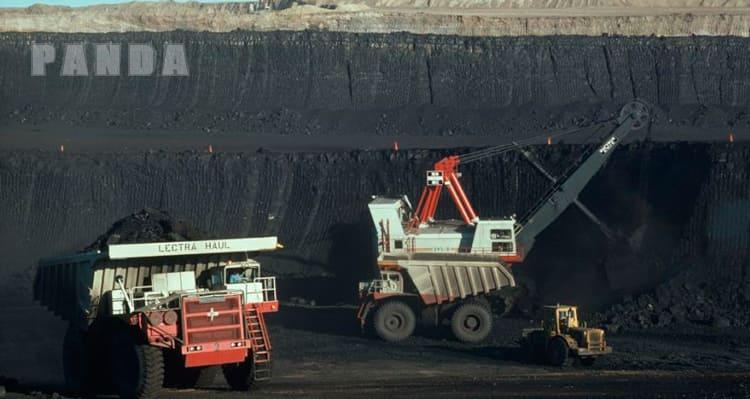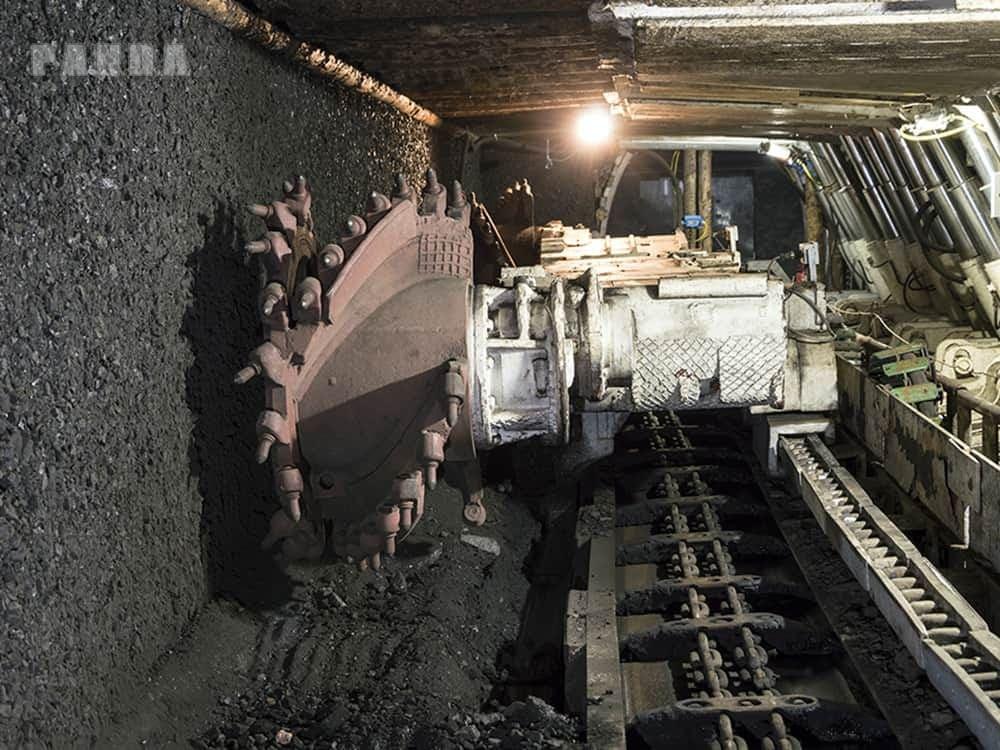Today is 12nd, December, 2023.
Since the discovery of coal, it had become one of the most important energy sources in every country. This little black stone has significantly changed the way people produce energy, thus pushed the industrialization.
So where does this magic stone come from? How does we human produce it? Through this article you will find the answers beyond your expectation.

How is coal formed?
A long long time ago, some leaves and branches got buried in the mud. Then they were broken down by organism, and turned into some black substances of carbon and hydrocarbon. In this process, the black substances had deposited downward, in there they got pressure and some temperature change, then chemical reaction happened and the black substances finally formed into coal.
In geology, you can call this process as: peat, brown coal, bituminous coal, and anthracite. If there is more pressure and heat in the place where the coal is buried, better anthracite will be produced.
Then here comes the question: if coal is buried underground, how do we dig it effectively?
How is coal mined
Before we try to dig it up, let’s learn how it’s generally buried.
Coal is generally buried in two ways: open pit mining and underground mining. The open pit mining refers to the operation within 200 feet of the surface, and underground mining is defined as more than 200 feet under the surface.
As you can see, open-pit mining is much easier, while underground mining is more complicated and dangerous, though it can mining more resources. Nothing ventured, nothing gained, didn’t it?
Then let’s check out the operation details of each mining method.
Open pit mining (Strip mining)
Strip mining can be used in both flat and hilly landscapes that following the ridges, or contours, around a hill. Strip mining in a mountainous area is called contour mining.

The first step of strip mining is using excavators to remove rock, soil or other coverings. When we reach the coal seam, the real work begins. We can drill, fracture and systematically strip further and finally transporting with the dump truck, semi tipper trailer or semi tipper trailer.
Open pit mining had more production and lower cost. So it is also the main mining method nowadays.
It is worth mentioning that, clean-up job is vital in open pit mining, because when the coal is removed, it creates big holes in the ground, which may cause landslides and other accidents to threaten environment and living security.
Underground mining
Compared to open-pit mining, an underground mining is usually built deeper, some mines can be as deep as thousands of feet. In this way, tunnels become veins to realize mining, transporting, ventilation, water treatment and placing mining facilities. It usually cost more to build a mining and it is more dangerous while working in such dark world.
So, as underground mining has so much cons, why should we choose it?

The coal is not born to be perfect, we have to extract it then come into use. Then here comes the pros of underground mining– it typically has higher value ore grades, making it achieve higher subsurface rates. Besides, mining a tunnel need less rock movement, so it is more environmental-friendly.
By the way, under such places, safety becomes priority. Every time you dig in the ground, you need to add support at every distance to prevent a collapse.
Room and pillar mining
When is this method used?
There are three factors we need to consider when choosing a mining way: terrain, operation cost and safety. So when the coal resource is flat-lying, we are tight in budget and we have better ground control, then room and pillar mining will be the first choice. The reasons will be discussed below.
How does it work?
We can simply regard the room-and-pillar mining process as a checkerboard. The checkers are coal pillars, and the net (room) is passages for us to work in. So it means, we “carve” the coal pillars to help support the roof, which can lower the building cost for the developers, and drive the excavator through the passages to mining the coal.

Considering this structure, we can tell much more advantages. First, the natural support structure is safer for the worker and it costs less to build a mining. Second, it can guarantee better ventilation, making the airflow more straightforward. This also provides easier escape route, which can be said, it is much safer. Last, room layouts are adjustable based on changing orebody shape or grade differences. This enables targeting higher grades to improve economics.
Longwall mining
When is this method used?
Usually, if a place had extensive coal resources and it is in a consistent, level coal seams, it can easily be exploited by longwall mining. Also, when high production is requires, and the developer has enough budget, longwall mining method is the best.
How does it work?
The first step is to intall the machine names “Shearer”, at the same time, we use hydraulic-powered support to hold the roof. Then the shearer slices the coal layer. When the coal slice falls, it will be conveyed by a belt to be sent out.

Different from ordinary mining method, longwall mining is a high-mechanized method. With modernized mining machine, it can maximize the production with less labor cost. The machine exploitation also guarantee higher extraction rate of more than 90% of the coal reserves, making it the most productive type of mining.
Conclusion
In conclusion, coal is the blood in our society, which nourishes the development of numerous industries. Generally there are four ways of mining–open-pit mining, underground mining, room and pillar mining and longwall mining. Every method had its own pros and cons, and we should choose according to the terrain, budget, requirement for production, and safety.
FAQ
Is coal a renewable energy source?
Unfortunately, coal is a non-renewable energy source. Similarly, fossil fuels, like petroleum and natural gas, are also non-renewable energy sources. Once they run out, it will take hundreds of millions of years to produce.
